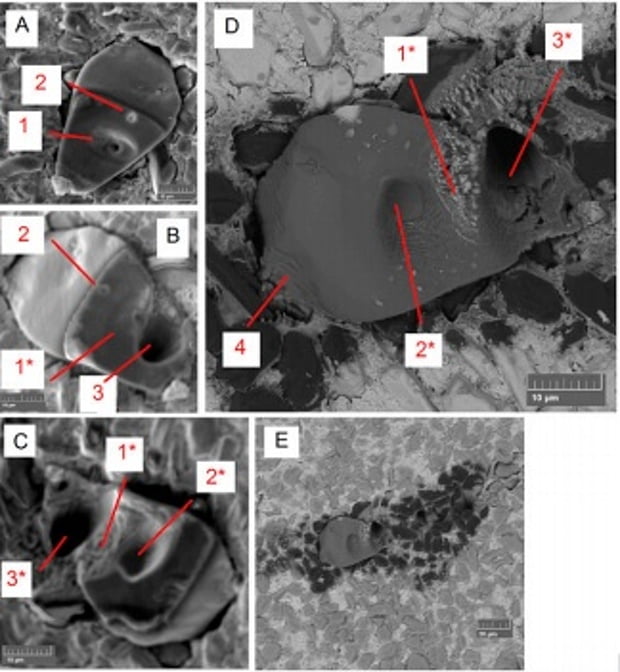UCLA geochemists were able to detect evidence which specified that life existed on Earth nearly 4.1 billion years ago – some 300 million years more than the past exploration set forward. The discovering proposes that life may have started soon after the earth was conformed to 4.55 billion years back.
The research has been publised today in the online early version of the journal Proceedings of the National Academy of Sciences. Mark Harrison, the co-creator of the study furthermore an educator of geochemistry at UCLA expressed that twenty years ago, this proposal would have been unorthodox; unearthing proof of life existing 3.8 billion years back was stunning. It appears that life began very quickly after the planet was formed, included Harrison, who is additionally the member of the National Academy of Sciences. With the right components, life appears to have formed very quickly, he noted.
The new research advocates that life existed preceding the harming siege of the inward nearby planetary group that made the greatest holes of the moon around 3.9 billion years back.
Patrick Boehnke, the other co-creator of the exploration and a graduate understudy in Harrison’s research facility, expressed that if all life on Earth died amid this barrage – which numerous researchers have contended – then life may have continued rapidly.
Researchers had since quite a while ago settled that the Earth was dry and fruitless amid that period. Harrison’s examination involving a recent report in Nature was co-created nearby Craig Manning. He is likewise the educator of geography and geochemistry at UCLA, and an ex-UCLA graduate understudy.
The scientists were driven by Elizabeth Bell—a postdoctoral researcher in Harrison’s lab. She inspected more than 10,000 zircons fundamentally framed from liquid rocks, or magmas, gathered from Western Australia. Zircons are robust, strong minerals associated with the engineered cubic zirconium used to create impersonation jewels. They seize and protect their prompt surroundings, meaning that they can act as time containers.
The researchers had the capacity spot 656 of these zircons consisting dark dots. These were recovered and researchers carefully analysed 79 of them with Raman spectroscopy, a strategy that displays the atomic and concoction structure of ancient microorganisms in 3D. Analysts inspected minor grains of the mineral zircon from Australia’s Jack Hills which demonstrated that they were artificially dated to, when Earth was scarcely 400 million years of age. Within one of these grains, researchers found what they call a “chemo-fossil,” or a blend of carbon isotopes.
Harrison said, “Consider it the sticky remains of biotic life or something more complex.”
There are different sorts of carbon with diverse masses. This carbon deposit comprised a more noteworthy rate of the lighter kind of carbon, which is the thing that researchers ordinarily find in the pieces of life, the same as though your finger decayed, Harrison remarked.
There are uncommon situations where this particular carbon mark would not originate from life, but rather they are incredibly strange and just in specific circumstances.
Harrison theorizes that the carbon was from a colony of tiny creatures with an unknown type. Life existing 300 million years sooner than what past science inquires about found is the most intelligent and simple clarification. Be that as it may, this is unquestionably not a smoking gun evidence, Harrison reported.






